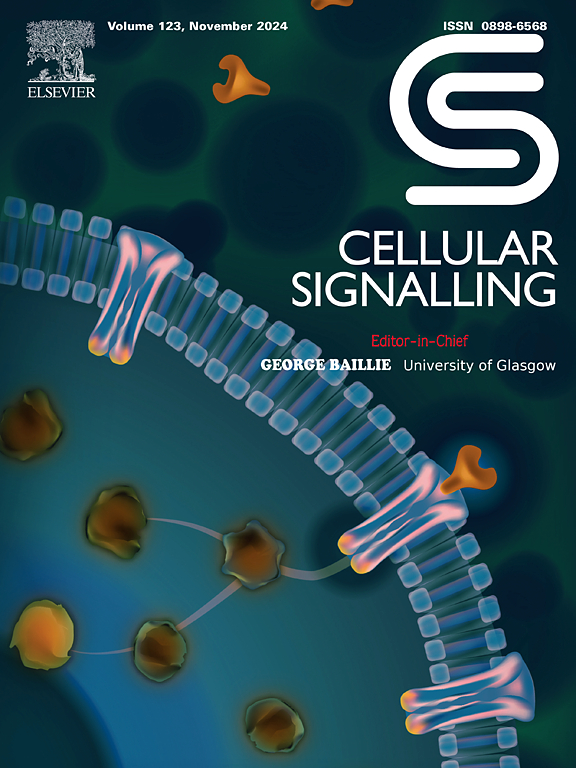AP2A1 modulates cell states between senescence and rejuvenation
IF 4.4
2区 生物学
Q2 CELL BIOLOGY
引用次数: 0
Abstract
Aging proceeds with the accumulation of senescent cells in multiple organs. These cells exhibit increased size compared to young cells, which promotes further senescence and age-related diseases. Currently, the molecular mechanism behind the maintenance of such huge cell architecture undergoing senescence remains poorly understood. Here we focus on the reorganization of actin stress fibers induced upon replicative senescence in human fibroblasts, widely used as a senescent cell model. We identified, together with our previous proteomic study, that AP2A1 (alpha 1 adaptin subunit of the adaptor protein 2) is upregulated in senescent cells along the length of enlarged stress fibers. Knockdown of AP2A1 reversed senescence-associated phenotypes, exhibiting features of cellular rejuvenation, while its overexpression in young cells advanced senescence phenotypes. Similar functions of AP2A1 were identified in UV- or drug-induced senescence and were observed in epithelial cells as well. Furthermore, we found that AP2A1 is colocalized with integrin β1, and both proteins move linearly along stress fibers. With the observations that focal adhesions are enlarged in senescent cells and that this coincides with strengthened cell adhesion to the substrate, these results suggest that senescent cells maintain their large size by reinforcing their effective anchorage through integrin β1 translocation along stress fibers. This mechanism may work efficiently in senescent cells, compared with a case relying on random diffusion of integrin β1, given the enlarged cell size and resulting increase in travel time and distance for endocytosed vesicle transportation.

求助全文
约1分钟内获得全文
求助全文
来源期刊

Cellular signalling
生物-细胞生物学
CiteScore
8.40
自引率
0.00%
发文量
250
审稿时长
27 days
期刊介绍:
Cellular Signalling publishes original research describing fundamental and clinical findings on the mechanisms, actions and structural components of cellular signalling systems in vitro and in vivo.
Cellular Signalling aims at full length research papers defining signalling systems ranging from microorganisms to cells, tissues and higher organisms.
 求助内容:
求助内容: 应助结果提醒方式:
应助结果提醒方式:


